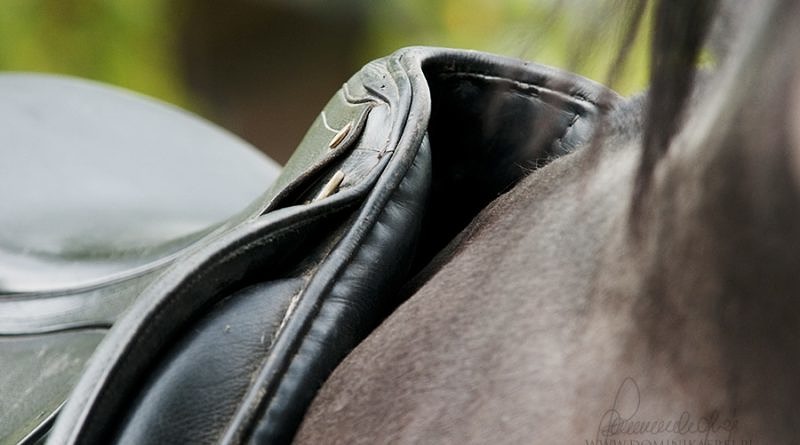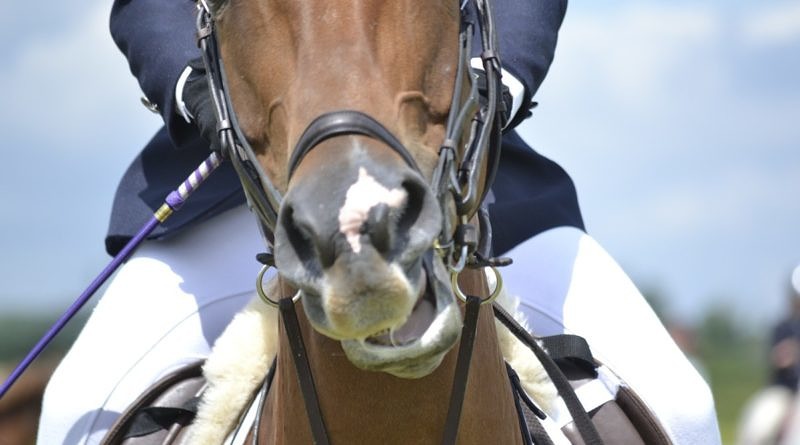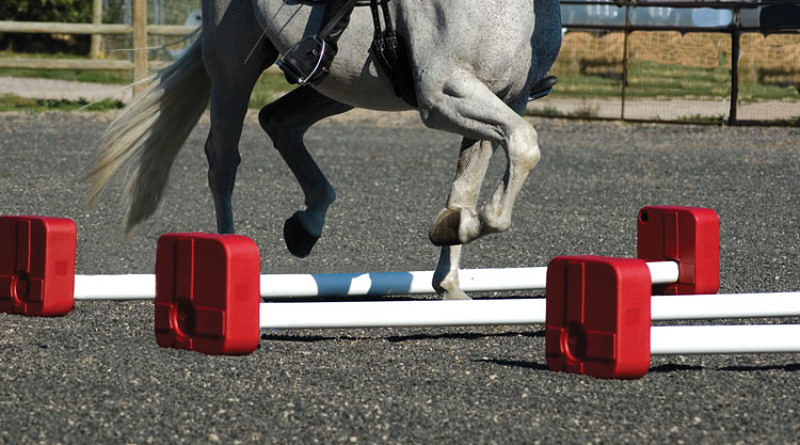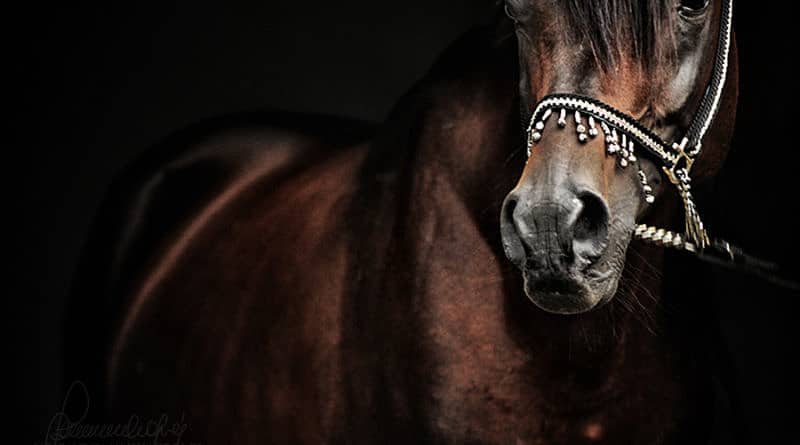Signs of Poor Saddle Fit
Poor saddle fit can cause a variety of problems. These are some physical and behavioural signs that your saddle might not fit correctly.
Your horse’s saddle is an important piece of equipment. It helps distribute your weight evenly over the parts of the horse’s back most capable of carrying you and it also helps you to sit in a good, balanced position. However, when a saddle no longer fits correctly, it can begin to cause problems.
Seemingly sudden changes in ridden behaviour may be due to poor saddle fit. It is important to remember that a horse will change shape over the course of a year due to changes in nutrition, routine and maintenance requirements brought about the changing of the seasons. They will also change shape as they develop or lose muscle – or simply as they grow.
Below are some common signs that your saddle doesn’t fit. While a horse may exhibit some of these signs for other reasons, it’s always a good idea to eliminate saddle fit as a possible cause if you notice one or more of them.
Behavioural Signs
Some of the most common first signs of an ill-fitting saddle are behavioural. Often riders will attribute these to the horse being ‘naughty’ but this is not a very productive diagnosis! It’s always a good idea to eliminate saddle fit as the source of the problem before opting for behavioural modification.
- Avoidance behaviour when tacking up (such as trying to walk away) is often a sign that the saddle might not fit properly. Other signs of irritation/annoyance can also signal a saddle fit issue. Some examples are ears pinned back, tension around the eyes and mouth, excessive tail swishing when there are no insects around, head shaking, pawing the ground, and threatening or attempting to bite.
- Girthy behaviour can also indicate poor saddle fit. The girth may cause pinching itself due to poor positioning relative to the saddle or the pressure of the ill-fitting saddle may cause pain as the girth is tightened .
- When being ridden, a horse that is reluctant to go forwards may be trying to avoid pain from a saddle that is pinching at the withers. Poor saddle fit can lead to the horse planting, refusing to trot, stopping at fences and so on.
- Bucking is a common side-effect of an ill-fitting saddle. A saddle that is too long can easily cause bucking but also any saddle that causes discomfort can drive the horse to buck if the rider continues to pressure the horse despite other signs that the saddle doesn’t fit.
- Hollowing may also be due to poor saddle fit. In particular a saddle that doesn’t leave enough room for the shoulders can cause the horse to try and shrink down and away from the resulting pain. A horse that is constantly ridden hollow can develop other problems as a result, including kissing spines and lameness.
Physical Signs
As well as behavioural signs, horses may show external physical symptoms of poor saddle fit.
- Swelling along the back, saddle sores, girth galls etc are all tell-tale signs of poor saddle fit.
- After riding and removing the saddle, uneven sweat patterns under the saddle pad can indicate an issue with saddle fit. These come about when the saddle is making uneven contact with your horse’s back.
- Over a longer period of time, poor saddle fit can lead to long-lasting conformational changes. Lumps/bumps behind the saddle or dips in the lumbar area (a lumbosacral dip) may be the result of a saddle that is too long.
- Similarly, over an extended period of time, an ill-fitting saddle can result in development of a poor topline and/or muscle atrophy that is primarily caused by the restriction of the shoulder area and the knock-on effects of that.
Ridden Signs
While riding, you may also notice one or more of these signs of poor saddle fit:
- The saddle constantly slips to one side. This can also cause difficulty picking up canter leads and restrict the horse’s ability to move straight or bend properly in both directions. Over time this can cause changes in the horse’s conformation due to uneven strain on the horse’s muscles and limbs.
- The saddle raises up at the back. You may notice this in the rising trot, but it will probably be most obvious to someone on the ground, particularly if they watch you schooling over fences.
- Gaps under the saddle are a clear sign that the saddle doesn’t fit. A well-fitted saddle should make even contact throughout.
Replacing or adjusting a saddle can be costly, but the benefits are truly worth every penny! However, remember that your horse might still anticipate discomfort for some time even after having a saddle correctly fitted if you wait too long to make the change. But most horses will show a dramatic improvement in behaviour almost instantly when the saddle no longer impedes them. Check out this series of videos on saddle fit to help you determine if your saddle might need to be altered. If in doubt, consult a professional saddle fitter.








Pingback: 5 Tips for Choosing a Saddle - The Plaid Horse Magazine